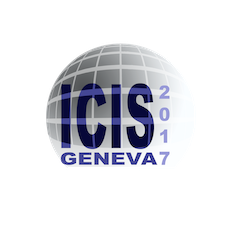Speaker
Description
The Experimental Fusion Reactor ITER will use fast Neutral Beam (NB) injectors to increase the plasma temperature in order to drive the plasma current necessary for stability. The NB are produced by a $\text{D}^-$ beam generated by a negative ion source which is neutralized by a gas cell with an efficiency of 60%. In order to improve the electrical efficiency of the NB production, a beam energy recovery system of the residual charged particles could be foreseen. In particular, we have already proposed an energy recovery device with an axisymmetric cylindrical ion collector. The scaled ITER type negative ion source, NIO1, has been developed at RFX (Padua) for studying and improving the ion extraction efficiency. An experimental test on beam energy recovery by using the NIO1 ion beam has been recently proposed. However, one important issue related to the beam energy recovery are the secondary electrons generated by the interaction of the ions with the collector walls which may escape from the device, reducing energy recovery efficiency and cause damages. In this contribution the problem of minimizing the secondary electrons production in the beam energy recovery device has been studied and simulated. Although the secondary electrons escape from the ion collector is greatly stopped by the cup axisymmetric geometry, a small fraction emitted with higher energy (≥ 200 eV) could exit from the collector and be reaccelerated back. A reduction of this effect can be obtained by adding a new electrode in front of the collector. Simulations have been carried out to optimize the shape and the voltage of that electrode. A simple test bench for secondary electron emission, to verify simulation tools and reliability of existing data, is being completed at INFN-BA laboratory.
